Beltane Cancer Moon
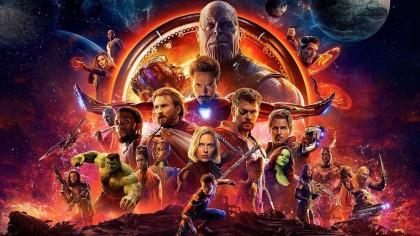 Saw Avengers: Endgame on Tuesday. This was to distract me from being pissed at Centura Health, United Health Care and whoever else dragged their feet, waiting until the day before and the day of to interfere with my planned axumin scan. It worked. I know who dies in endgame, but I won’t tell. It’s a long movie and I’m not a super fan, so I know I missed a lot of the inside jokes and things being tidied up from the multiple movies that preceded it. I did, however, come out calm. The universe had been returned to mostly normal, seder had been restored. The underlying reason we like superheroes, mysteries, thrillers.
Saw Avengers: Endgame on Tuesday. This was to distract me from being pissed at Centura Health, United Health Care and whoever else dragged their feet, waiting until the day before and the day of to interfere with my planned axumin scan. It worked. I know who dies in endgame, but I won’t tell. It’s a long movie and I’m not a super fan, so I know I missed a lot of the inside jokes and things being tidied up from the multiple movies that preceded it. I did, however, come out calm. The universe had been returned to mostly normal, seder had been restored. The underlying reason we like superheroes, mysteries, thrillers.
By that evening I was sufficiently chill to sleep through the night, something I almost never do. I spoke my mind to the health “benefits” folks at Centura Health, distracted myself, got some perspective, and slept just fine. Not deep breaths or wonky meditation, but workable.
 Yesterday I focused on an organ, the eye. Played space invaders for the nice man, or, as they insist on calling it, a visual field test. My field of vision is holding steady, no glaucoma encroachment. Pressures are good, the hole in my cornea is, as my ophthalmologist says, is patent. That means it’s still draining the fluid for me. Part of me, an important part, is functional and remaining so. With help from latanoprost and good surveillance.
Yesterday I focused on an organ, the eye. Played space invaders for the nice man, or, as they insist on calling it, a visual field test. My field of vision is holding steady, no glaucoma encroachment. Pressures are good, the hole in my cornea is, as my ophthalmologist says, is patent. That means it’s still draining the fluid for me. Part of me, an important part, is functional and remaining so. With help from latanoprost and good surveillance.
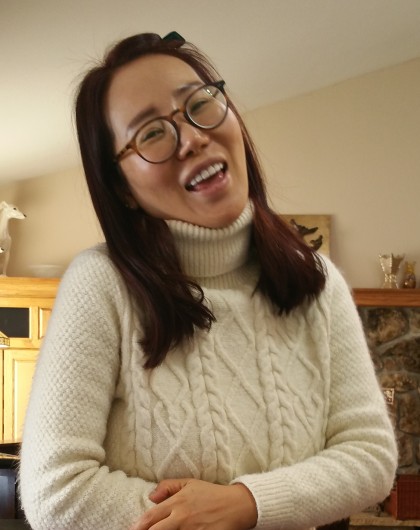
On Friday I see the Anova Cancer Care folks. This will be a somewhat changed consult since I didn’t do the axumin scan. I plan to ask them what sort of imaging work will make their work optimal. If they believe in the axumin scan enough, I may agree to pay for it. $4,000 versus life? Not a tough call.
After lungs on Monday morning, a crowning achievement on Monday afternoon, the scan hooha on Tuesday, the glaucoma checkup yesterday, and the oncologist visit tomorrow afternoon, we’ll have finished off another very medical week. Something fun is in order for the weekend.
 Simcha. I’m coming to believe that joy and gratitude may be sufficient to get us all the way through life. I don’t mean silly puffy gladness, or just saying thank you reflexively, but heart and mind illuminating joy and deeply felt gratitude.
Simcha. I’m coming to believe that joy and gratitude may be sufficient to get us all the way through life. I don’t mean silly puffy gladness, or just saying thank you reflexively, but heart and mind illuminating joy and deeply felt gratitude.
What gives you joy? Be grateful for it. I’m gonna call this the Doris Day lifeway, worthy of emulation.



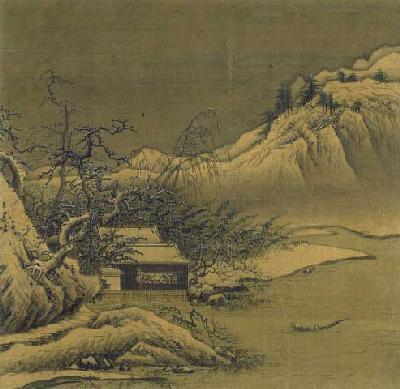
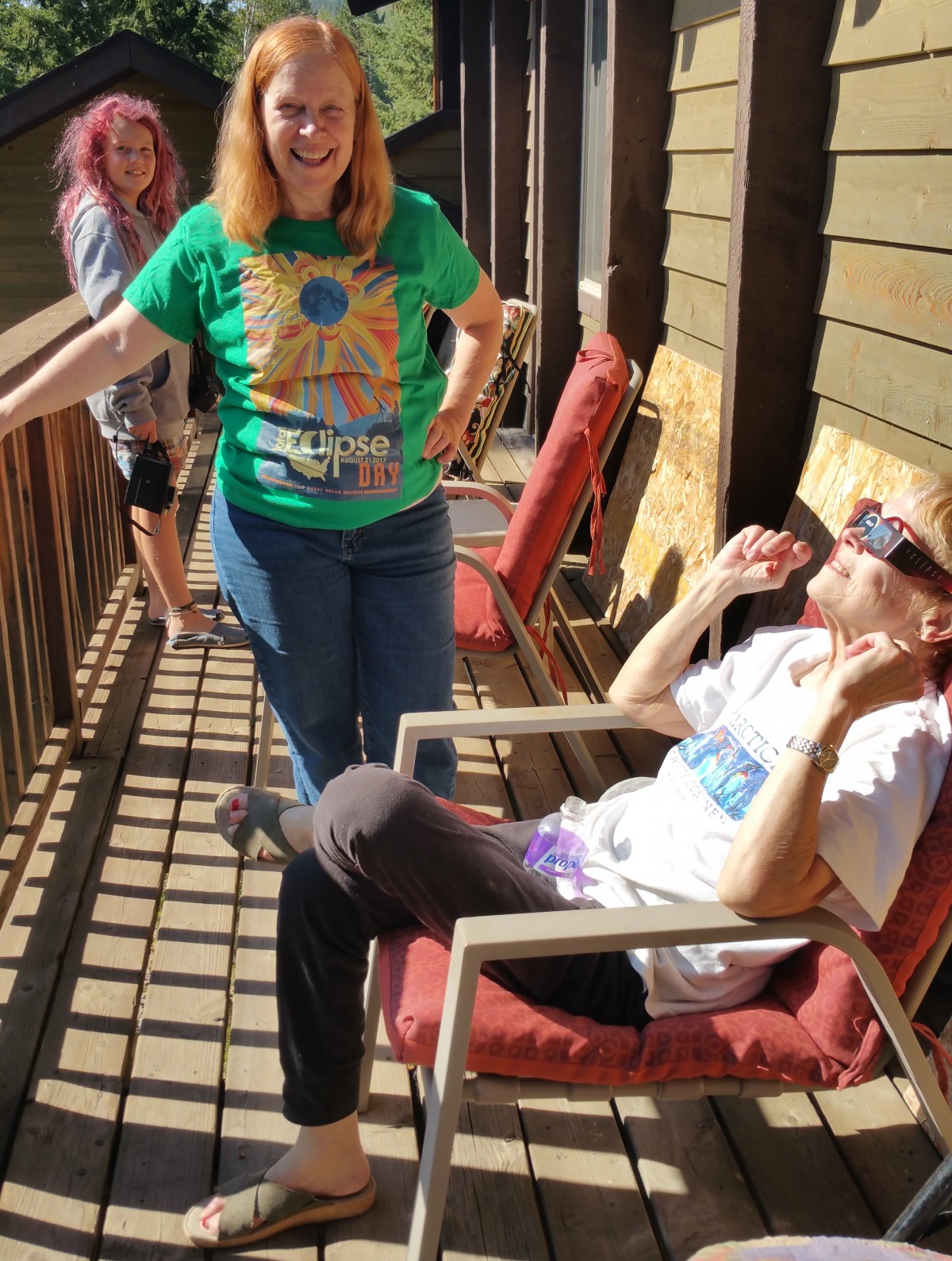
 Cardio wise I’m way behind my usual fitness level. Totally detrained. It will take a while to get that back, probably longer than getting my muscles into shape. No other way than through it. This paleolithic body wants to be hunting and gathering, but I’m sitting and coughing. Sigh.
Cardio wise I’m way behind my usual fitness level. Totally detrained. It will take a while to get that back, probably longer than getting my muscles into shape. No other way than through it. This paleolithic body wants to be hunting and gathering, but I’m sitting and coughing. Sigh.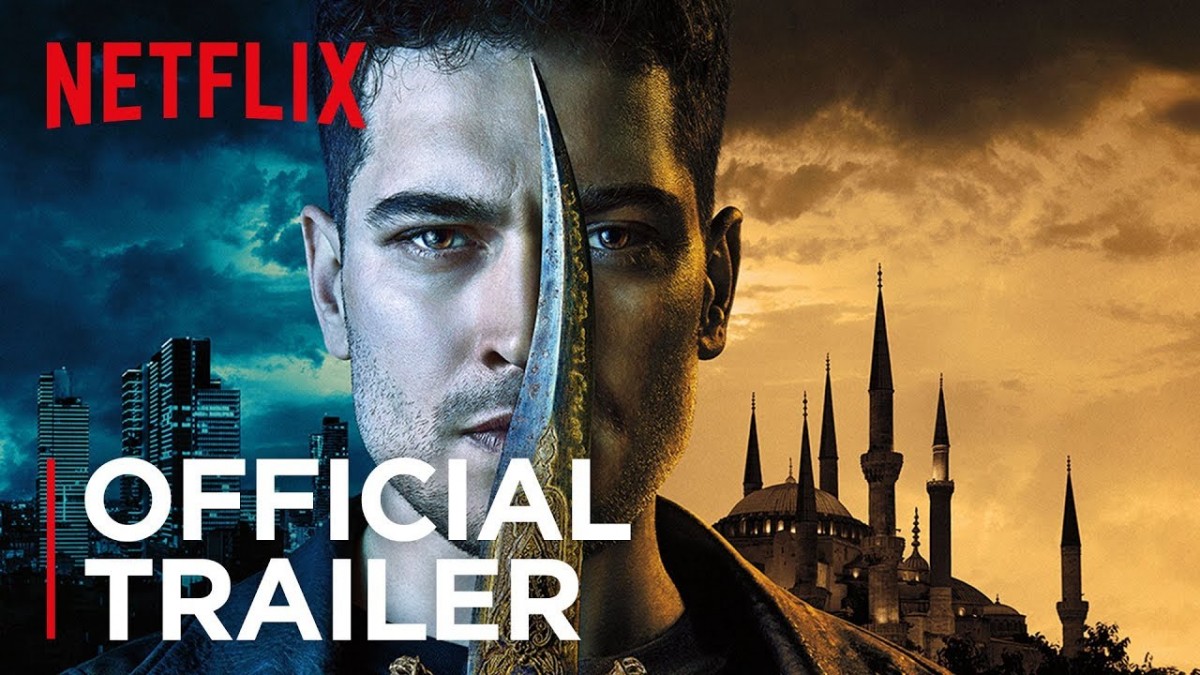 Example.
Example. 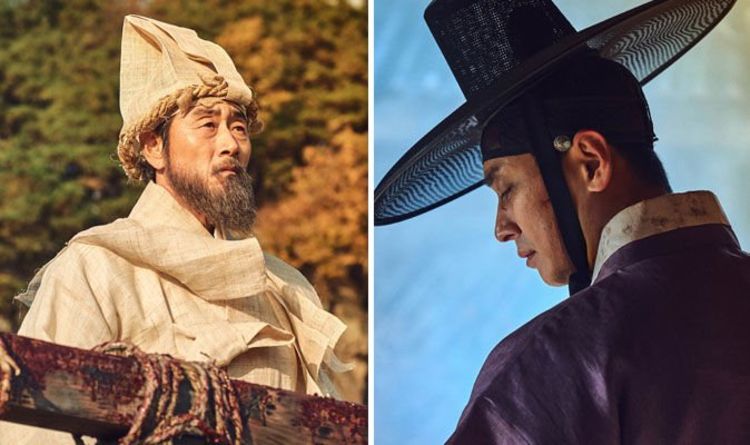
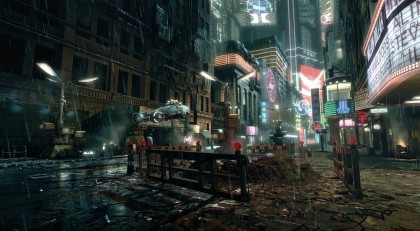 2019. The Blade Runner year. Dystopian time? Match. Authoritarian regime? Match. Police killing those marginalized to society? Match. The cinematography of our era may look different-though Hong Kong, Shanghai, Dubai-but the underlying premise of a dark future catching up with all of us was prescient, if not exactly surprising.
2019. The Blade Runner year. Dystopian time? Match. Authoritarian regime? Match. Police killing those marginalized to society? Match. The cinematography of our era may look different-though Hong Kong, Shanghai, Dubai-but the underlying premise of a dark future catching up with all of us was prescient, if not exactly surprising. Dystopian futures, even ours from the perspective of 1982, have this seeming anomaly: Life goes on. Most folks make some accommodation, some compromise, and go on with their daily routines. Short of mass suicide, what other option is there? It is those very accommodations and compromises that are fertile soil for the demagogue and the populist. See Trump, Erdogan, Germany’s alt-right, Hungary’s Viktor Orban, Brazil’s Michel Temer. Movies have to convey dystopian troubles cinematically, so we think if the visuals don’t correlate with ours that the movie doesn’t apply. Wrong. It’s the core cultural themes that are important.
Dystopian futures, even ours from the perspective of 1982, have this seeming anomaly: Life goes on. Most folks make some accommodation, some compromise, and go on with their daily routines. Short of mass suicide, what other option is there? It is those very accommodations and compromises that are fertile soil for the demagogue and the populist. See Trump, Erdogan, Germany’s alt-right, Hungary’s Viktor Orban, Brazil’s Michel Temer. Movies have to convey dystopian troubles cinematically, so we think if the visuals don’t correlate with ours that the movie doesn’t apply. Wrong. It’s the core cultural themes that are important.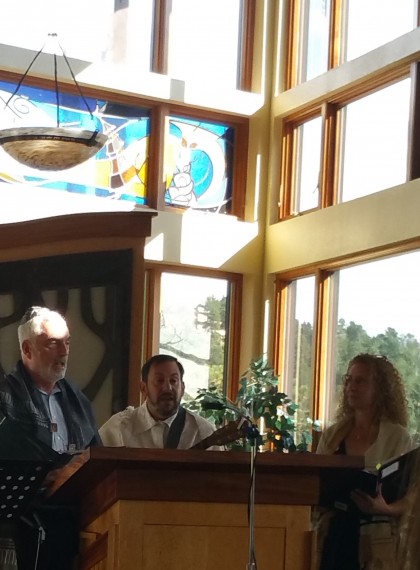
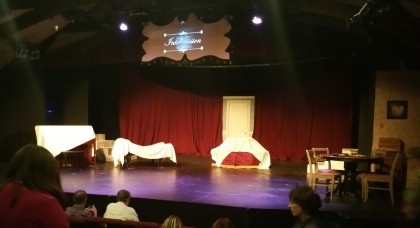
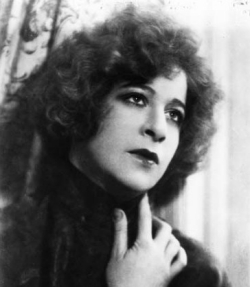
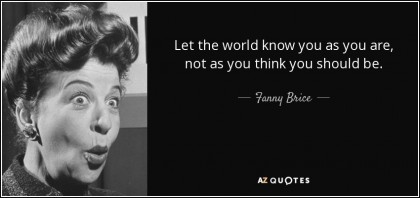 We knew people in the cast, saw folks we knew in the lobby, and were greeted by the costumer as we left. He remembered us from our visit to the tech rehearsal. In other words this was also a moment of immersion in community, our community. That’s not the same as a visit to the Guthrie or to Broadway, but has lots of other, ancillary benefits.
We knew people in the cast, saw folks we knew in the lobby, and were greeted by the costumer as we left. He remembered us from our visit to the tech rehearsal. In other words this was also a moment of immersion in community, our community. That’s not the same as a visit to the Guthrie or to Broadway, but has lots of other, ancillary benefits.
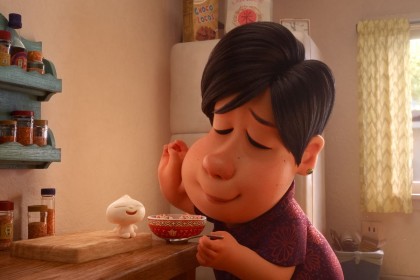 OMG! What just happened? It was shocking and I missed the point. Sort of. In a couple of scenes after this a dumpling like son comes home with the same woman who led the dumpling out the door. I took this to mean that the woman had somehow reconciled with the dumpling and he’d grown up. The eating in my understanding was a symbol of the difficulties inherent in the moment children become independent.
OMG! What just happened? It was shocking and I missed the point. Sort of. In a couple of scenes after this a dumpling like son comes home with the same woman who led the dumpling out the door. I took this to mean that the woman had somehow reconciled with the dumpling and he’d grown up. The eating in my understanding was a symbol of the difficulties inherent in the moment children become independent.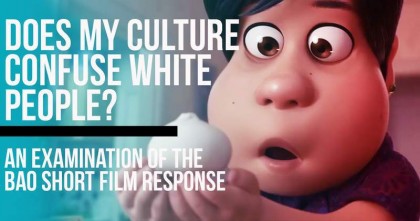
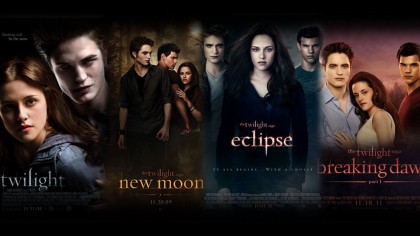 Modern technology is so wonderful. Over the last few days I watched all five of the much maligned Twilight movies. You might ask why, at 71, I would subject myself to all those teen hormones, questionable dialogue, and odd acting. First answer, I’m easily entertained. Second answer, I’m revising Superior Wolf right now. Werewolves from their source. Also, a project I work on from time to time is Rocky Mountain Vampire. So, the Twilight saga is in the same genre as my own work, though aimed more at a young adult, tween to teen audience. Which is, I might add, a very lucrative market. Maybe, it just occurred to me, some of them will be interested in my work as a result of their exposure to the Twilight books and movies.
Modern technology is so wonderful. Over the last few days I watched all five of the much maligned Twilight movies. You might ask why, at 71, I would subject myself to all those teen hormones, questionable dialogue, and odd acting. First answer, I’m easily entertained. Second answer, I’m revising Superior Wolf right now. Werewolves from their source. Also, a project I work on from time to time is Rocky Mountain Vampire. So, the Twilight saga is in the same genre as my own work, though aimed more at a young adult, tween to teen audience. Which is, I might add, a very lucrative market. Maybe, it just occurred to me, some of them will be interested in my work as a result of their exposure to the Twilight books and movies.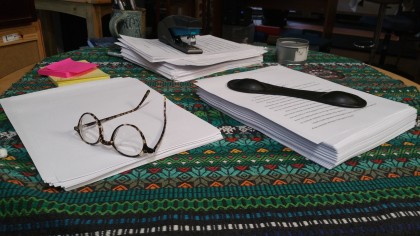 The supernatural is a dominant theme in my life, from religion to magic to ancient myths and legends to fairy tales and folklore. My world has enchantment around every bend, every mountain stream, every cloud covered mountain peak. No, I don’t know if there are faeries and elves and Shivas and Lokis and witches who eat children. I don’t know if anyone ever set out on a quest for the golden fleece or angels got thrown out of heaven. Don’t need to. We wonder about what happens after death, a common horror experience often and always. If we’re thoughtful, we wonder about what happened before life. Where were we before?
The supernatural is a dominant theme in my life, from religion to magic to ancient myths and legends to fairy tales and folklore. My world has enchantment around every bend, every mountain stream, every cloud covered mountain peak. No, I don’t know if there are faeries and elves and Shivas and Lokis and witches who eat children. I don’t know if anyone ever set out on a quest for the golden fleece or angels got thrown out of heaven. Don’t need to. We wonder about what happens after death, a common horror experience often and always. If we’re thoughtful, we wonder about what happened before life. Where were we before?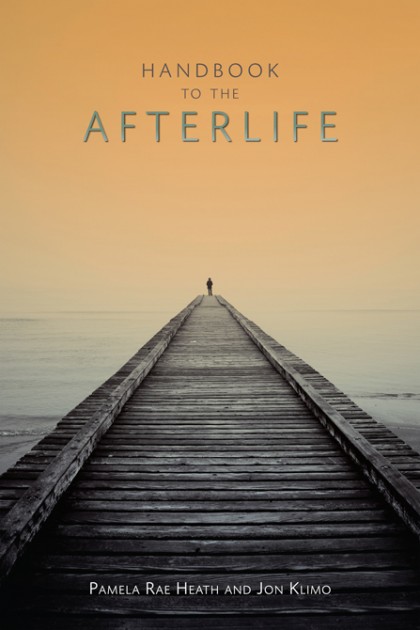 Our senses limit us to a particular spectrum of light, a particular range of sounds, a particular grouping of smells and tastes, yet we know about the infrared, low and high frequency sounds, the more nuanced world of smells available to dogs. We’re locked inside our bodies, yet we know that there are multiverses in every person we meet, just like in us. We know we were thrown into a particular moment, yet know very little of the moments the other billions of us got thrown into. My point is that our understanding of the natural is very, very limited, in spite of all the sophisticated scientific and humanistic and technological tools we can bring to bear. Most of what exists is outside our usual understanding of natural, certainly outside our sensory experience.
Our senses limit us to a particular spectrum of light, a particular range of sounds, a particular grouping of smells and tastes, yet we know about the infrared, low and high frequency sounds, the more nuanced world of smells available to dogs. We’re locked inside our bodies, yet we know that there are multiverses in every person we meet, just like in us. We know we were thrown into a particular moment, yet know very little of the moments the other billions of us got thrown into. My point is that our understanding of the natural is very, very limited, in spite of all the sophisticated scientific and humanistic and technological tools we can bring to bear. Most of what exists is outside our usual understanding of natural, certainly outside our sensory experience.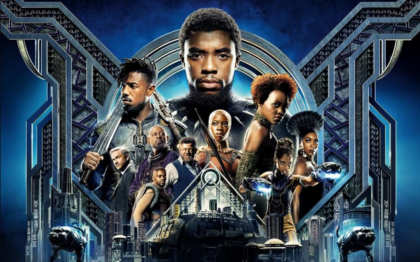 Kate took one for the team yesterday. She went to see Black Panther with me. I had two reasons for wanting to see it. One, it’s a Marvel Studio movie and, god help me, I really like them. Most of them. Two, it’s become a cultural sensation and I wanted to see why, if I could. Kate gave me a third reason. To lift my spirits.
Kate took one for the team yesterday. She went to see Black Panther with me. I had two reasons for wanting to see it. One, it’s a Marvel Studio movie and, god help me, I really like them. Most of them. Two, it’s become a cultural sensation and I wanted to see why, if I could. Kate gave me a third reason. To lift my spirits.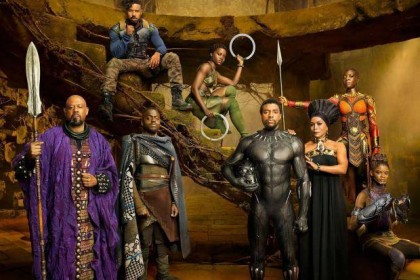 The plot was less important, I think, than the stage settings and the actors. From Chadwick Boseman and Michael B. Jordan to Lupita Nyong’o and Danai Gurira the young black actors were both beautiful and powerful. Forest Whittaker and Angela Basset added gravitas.
The plot was less important, I think, than the stage settings and the actors. From Chadwick Boseman and Michael B. Jordan to Lupita Nyong’o and Danai Gurira the young black actors were both beautiful and powerful. Forest Whittaker and Angela Basset added gravitas.